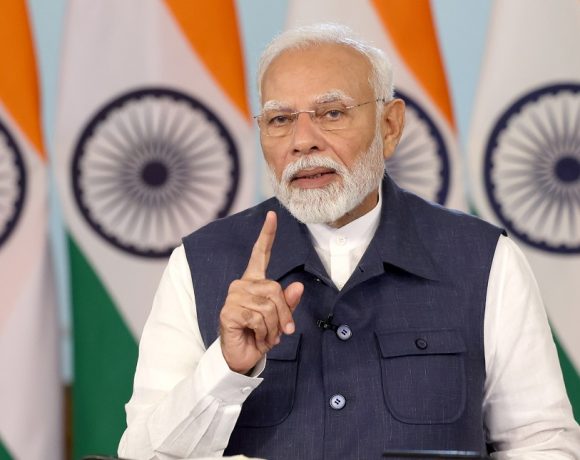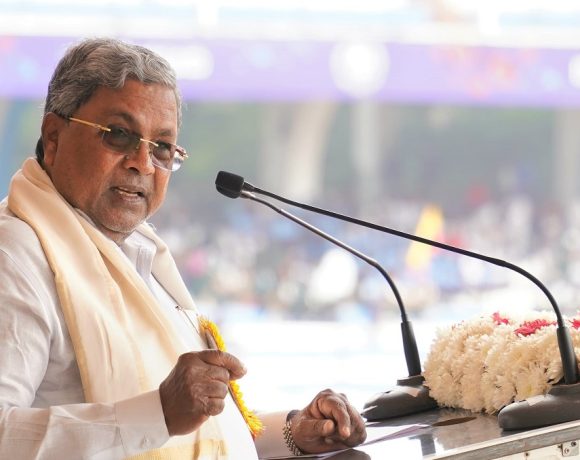
India Set to Outpace G7 Economies by 2030, Says Equirus
India is poised to become one of the world’s leading engines of economic growth, with a recent report projecting that it will contribute more than 15% of global GDP growth between 2025 and 2030. According to an analysis by wealth advisory firm Equirus, India is structurally better positioned than many of the G7 nations, thanks to its robust policy framework, expanding consumption base, and growing role in global manufacturing realignment.
Rural Consumption Closing the Urban Gap
One of the standout themes in the report is the resurgence of rural consumption, which is growing at a faster pace than urban demand. Rural FMCG growth is clocking in at around 6% annually, compared to approximately 2.5% in urban areas. The rural-to-urban consumption gap, which once stood at a ratio of 70% to 84%, has now narrowed significantly, highlighting increasing purchasing power and market penetration in smaller towns and villages.
This shift is underpinned by targeted government policies, improved digital connectivity, and rising disposable incomes. The broader implication is a more balanced, inclusive growth model that feeds directly into national economic strength.
Policy-Led Capex and Liquidity Support
India’s macroeconomic stability has been reinforced by aggressive public capital expenditure, which grew over 17% post-election in 2024. This has been accompanied by liquidity support, including a phased ₹2.5 lakh crore CRR reduction, ensuring that credit flows into infrastructure, housing, and priority sectors remain strong.
This capex thrust is fostering an environment conducive to private investment and job creation, while simultaneously upgrading India’s physical and digital infrastructure. The combination of fiscal stimulus and targeted monetary policy has helped the country withstand external shocks better than many developed economies.
Manufacturing Realignment and Strategic Advantage
India continues to benefit from the global China+1 manufacturing strategy, which is prompting multinational firms to diversify their supply chains by investing in Indian facilities. India’s lower labor costs, political stability, and large domestic market make it an attractive alternative. The country has also made rapid strides in improving its ease of doing business and logistics networks.
As a result, sectors like electronics, auto components, and pharmaceuticals are seeing increased foreign direct investment, further accelerating economic momentum.
Global Asset Allocation Shift
The report also highlights a shifting narrative in global investing. Traditional 60/40 portfolio models that relied on developed market equities and bonds may no longer yield the desired returns in an uneven global recovery. Instead, fund managers are advised to consider India as a strategic alpha generator in cross-geography asset allocation.
India’s economic trajectory, according to the report, represents not just a cyclical rebound but a structural transformation that places it at the forefront of emerging market leadership.


















